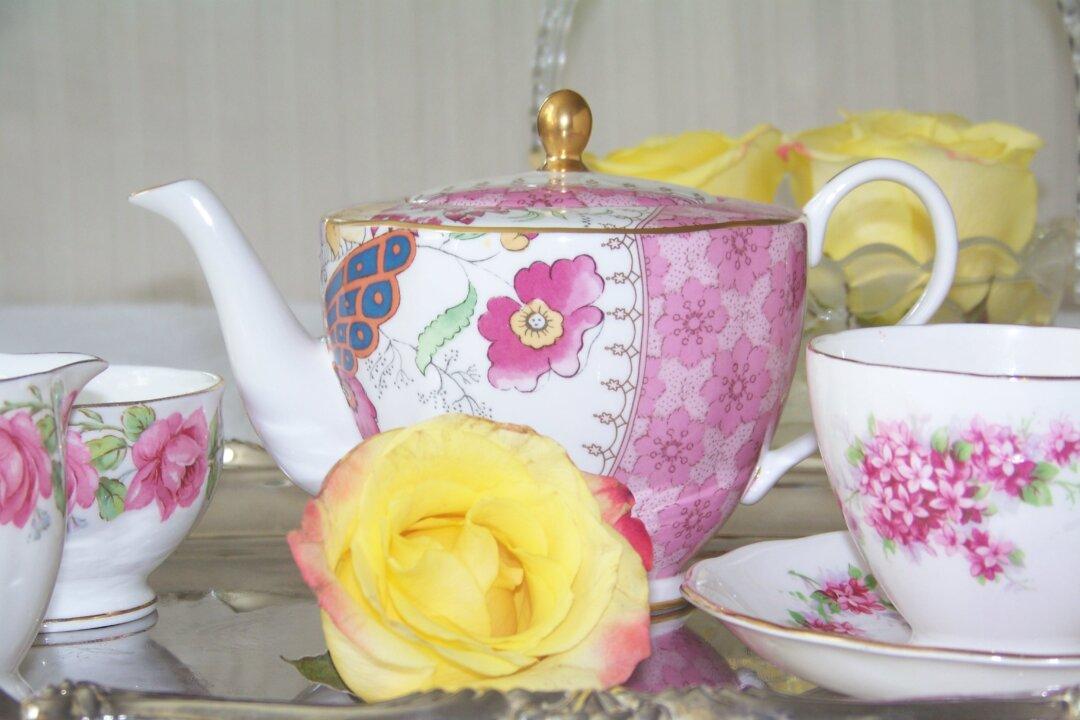Take in a tour of Woburn Abbey in Bedfordshire, England, have a cup of tea in its stately garden, and you will discover an enchanting lady.
It was the mistress of this 3,000-acre estate who left her legacy on a quintessentially English custom—afternoon tea.
In the 1840’s, while the duke was occupied with his own pursuits, Anna Maria Russell, the 7th Duchess of Bedford, found the protracted pause between a light afternoon tea around 4 p.m. and supper at 8 challenging. She was beset by the spectre of hunger and weariness.
To remedy famishment of appetite and spirit, the duchess expanded the menu and extended the venue to aristocratic ladies like herself. The leisurely pursuit of the proper afternoon tea was born.
Dainty finger sandwiches and pastries were paired with fine blends of Earl Grey or selections of Darjeeling, Ceylon, and herbal teas. A sweet lift followed with delicate desserts, ladyfinger shortbread, or festive seasonal offerings.
Today, afternoon tea has become a culinary art form, offered by elite hotels and country tearooms around the world.
The savoury and sweet options are endless! Delicate sandwiches of smoked salmon and watercress, or organic cucumber and cream cheese are but a sampling. Sometimes arranged on three-tier stands, this luxurious presentation may begin with a glass of champagne and be completed with a spot of sherry.
Fresh-from-the-oven scones, some infused with lavender, raisins or raspberries, are a classic. Spread with jam and topped with Cornish clotted cream, this is a true juxtaposition of casual cooking and elegant consumption.
Otherwise known as Devonshire Tea, Cornish Cream Tea, or High Tea, the repast is a delight to the palate and a boost to the endorphins.
The character of country living is reflected in everything from the locale—a veranda, porch, or conservatory—to the tea services and place settings themselves. Traditional or contemporary bone china porcelain patterns are inspired by nature’s beauty, bringing the flora of country life and colour to the table.
There are functional elements as well. Accessories such as tea strainers, sugar tongs, milk jugs, sugar pots, and silverware surround all things tea.
Whether you take in afternoon tea at Claridge’s, purchase your favourites at Fortnum & Mason’s, or sip a cuppa in the privacy of your home, the tea leaves are clear: afternoon tea is a timeless English custom fit for any occasion!
Anne Pillsbury is the daughter of an Englishman, who introduced her to the joy of afternoon tea as a child.


